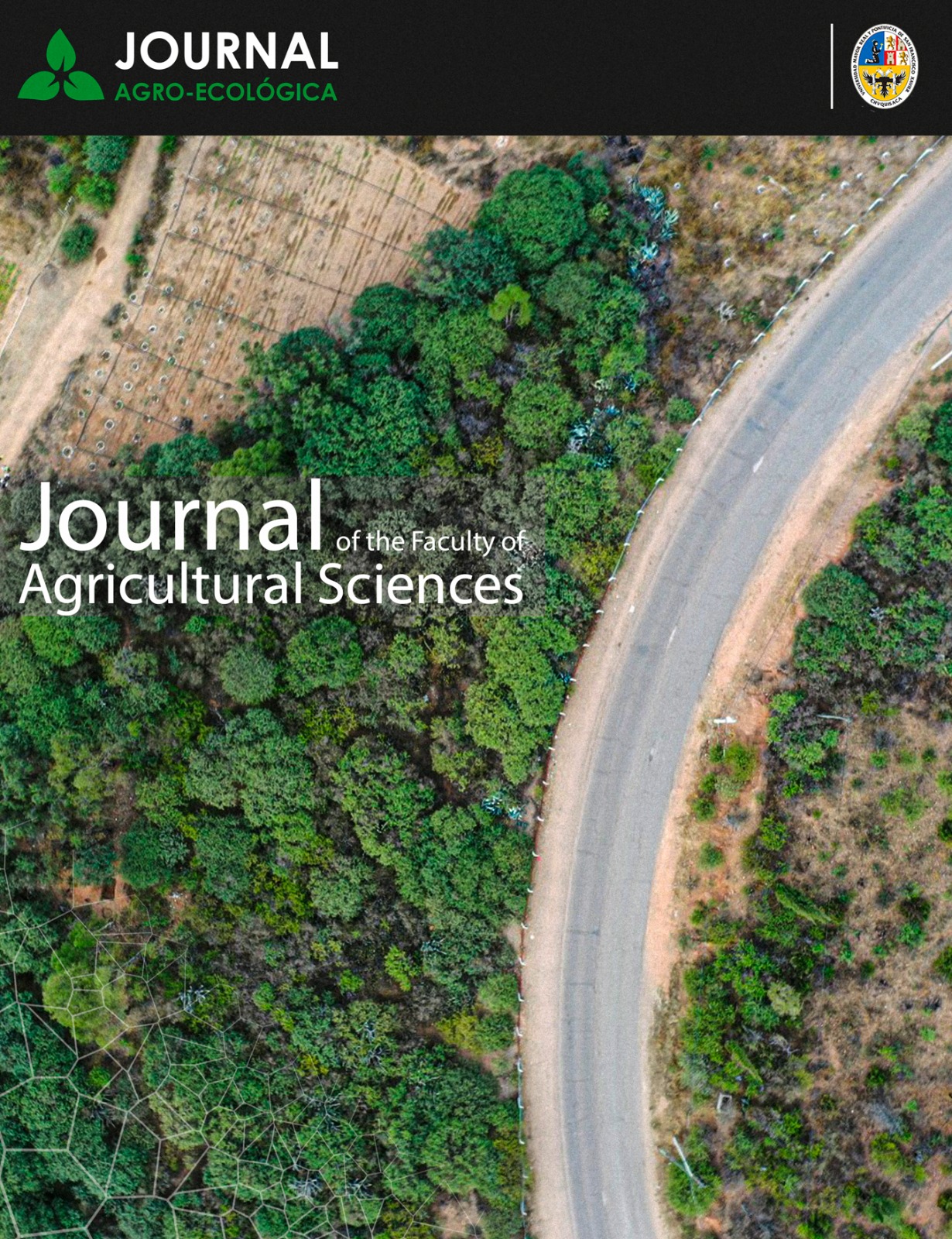Evaluación de variedades de maíz (Zea mays) en Monteagudo: Rendimiento, adaptabilidad y resistencia a estrés
Evaluation of maize (Zea mays) varieties in Monteagudo: Yield, adaptability, and stress resistance
DOI:
https://doi.org/10.56469/rae.v3i2.1558Keywords:
Varieties, yield, agroecologyAbstract
An agreement has been established institutional work for the evaluation of 9 varieties of maize generated by the Maize Program Phylogenetic Pairumani Center (PFIC-Cochabamba). The varieties of maize have been established test plots in 2 locations of the protected area Iñao, and the Experimental Centre Bañado, inattentiveness of the cooperators, plots of communities were invaded by animals, but was evaluated the experimental plot of the experimental Centre Bathed of the Academic Unit of Monteagudo, part of the University San Francisco Xavier de Chuquisaca, in the experimental plot were arranged 9 varieties of corn and a local witness, the plot was established on an area of 705 m2, each variety corresponded four furrows spaced between grooves 0.75 m, in which 3 seeds were deposited at a distance of 0,50 m. The following agronomic traits were recorded: Days male and female flowering, plant height and ear, appearance of plant cover cob, cob appearance, grain type and yield in tons / ha. Realized assessments and data analysis found that study varieties in susceptibility to water stress and not very favorable reaction to high temperatures, causing a floral desynchronization, all varieties showed susceptibility to foliar and ear rot diseases. Analyzed the performance was determined that the local variety Canario outyielded all varieties under study (1.76 tons / ha), followed by the variety Aychasara-102 (1.12 tons / ha), one of the best of among the varieties studied.
References
Brajmani, G., Rajesh, S., & Lal, G. M. (2010). Effect of levels of nitrogen and sulfur on growth and yield of maize (Zea mays L.). Journal of Maharashtra Agricultu- ral Universities, 35(1), 149–151.
Claure, T., & Maita, R. (2006). Conservación de varieda- des nativas de maíz en Bolivia. PROINPA.
Dhillon, J., Aula, L., Eickhoff, E., & Raun, W. (2020). Pre- dicting in-season maize (Zea mays L.) yield potential using crop sensors and climatological data. Scientific Reports, 10(1), 1–8. https://doi.org/10.1038/s41598-020-68415-2
El-Tarabily, K. A., Soaud, A. A., Saleh, M. E., & Matsumoto, S. (2006). Isolation and characterisa- tion of sulfur-oxidising bacteria, including strains of Rhizobium, from calcareous sandy soils and their effects on nutrient uptake and growth of maize (Zea mays L.). Australian Journal of Agricultural Research, 57(1), 101–111. https://doi.org/10.1071/AR04237
Kumar, R., Bohra, J. S., Kumawat, N., & Singh, A. K. (2015). Fodder yield, nutrient uptake, and quality of baby corn (Zea mays L.) as influenced by NPKS and Zn fertilization. Research on Crops, 16(2), 243–249. https://doi.org/10.5958/2348-7542.2015.00036.4
Narro, L. (2011). Proyecciones de producción y consumo de maíz en América Latina. FAO.
Srinivasarao, C., Ali, M., Venkateswarlu, S., Rupa, T. R., Singh, K. K., Kundu, S., & Prasad, J. V. N. S. (2010). Direct and residual effects of integrated sulfur fertili- zation in maize (Zea mays)-chickpea (Cicer arietinum) cropping system on Typic Ustochrept. Indian Journal of Agronomy, 55(4), 259–263. https://doi.org/10.59797/ija.v55i4.4760
Szulc, P., Bocianowski, J., & Rybus-Zając, M. (2012). The effect of soil supplementation with nitrogen and elemental sulfur on chlorophyll content and grain yield of maize (Zea mays L.). Žemdirbystė = Agriculture, 99(3), 247–254.



